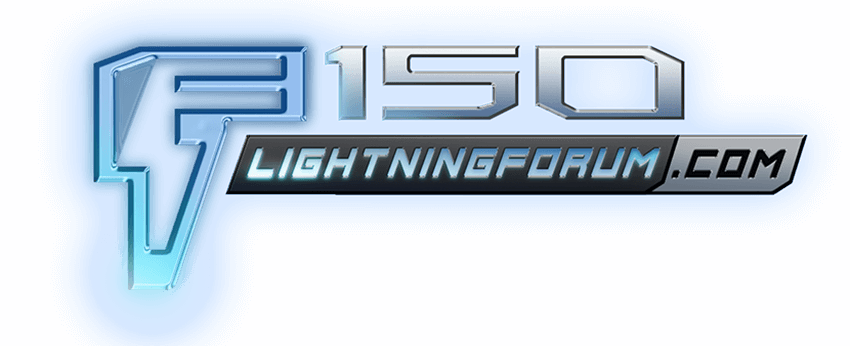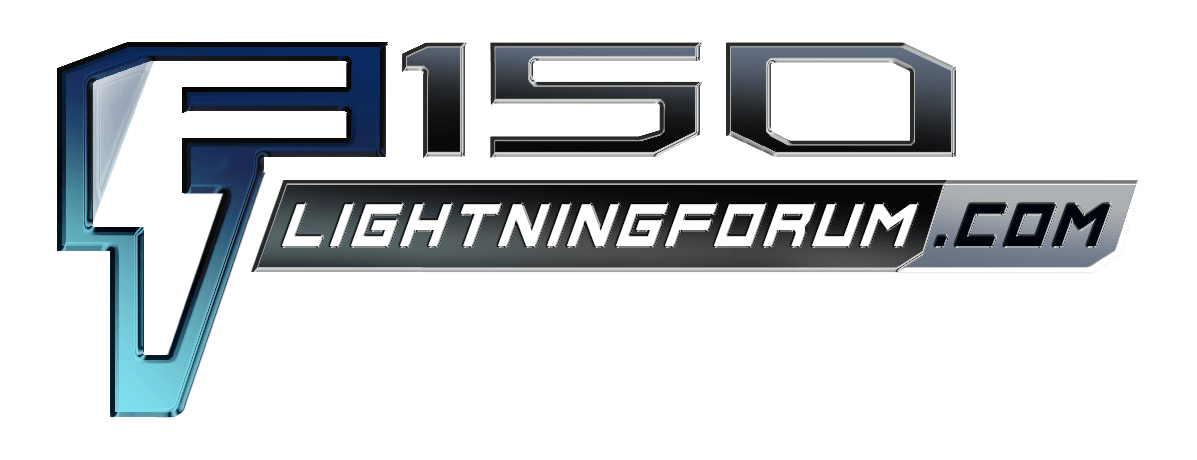owl123
Member
- First Name
- Derek
- Joined
- Sep 18, 2024
- Threads
- 6
- Messages
- 12
- Reaction score
- 2
- Location
- Portland, ME
- Vehicles
- 2023 Lightning Platinum, Model Y
- Thread starter
- #1
As much as I wanted to use the full 80A available with my FCSP, when my electrician showed up they didn't have copper wiring for a 100A circuit and I didn't want to use aluminum wiring due to the fire risks highlighted on State of Charge, so I decided to pivot back to my initial plan of installing a Tesla Universal Wall Connector and a Tesla Wall Connector.
However, my electrician refused to daisy chain the chargers on a 60A circuit and said that this wouldn't meet code (I'm in Maine). Is that correct? He said that even though Tesla may theoretically have some safeguards designed to stop both chargers for calling for 48A simultaneously, those could fail and you can't install two 48A chargers on one 60A circuit knowing that this failure could occur.
He did say that one solution would be installing a larger circuit (e.g., 120A) that could power the full load of each device simultaneously, but then we were back to the aluminum wiring problem.
Is my electrician right about the requirements to daisy chain Tesla UWCs? Since Tesla advertises connecting up to 6 UWCs on one circuit, I'm really questioning whether that is correct. Relatedly, is there any reason to be concerned about the safeguards built into Tesla UWCs that are daisy chained?
Ultimately, it was a relatively short double run that we had to make, so not a big deal financially, but I am now a bit concerned about the overall load on our 200A service if both chargers were pulling 48A simultaneously and we happened to be fully using our heat pumps and a (future) induction range. I've set a lower charging rate on our Model Y that should mostly mitigate this concern. I could probably lower the max amperage on the charger itself, too, but I do like the option to charge our Model Y at 48A if I'm not charging our Lightning. I felt like daisy chaining was actually the safer option and, assuming there aren't other concerns with daisy chaining, I'm not sure how expensive it would be to make that adjustment now.
However, my electrician refused to daisy chain the chargers on a 60A circuit and said that this wouldn't meet code (I'm in Maine). Is that correct? He said that even though Tesla may theoretically have some safeguards designed to stop both chargers for calling for 48A simultaneously, those could fail and you can't install two 48A chargers on one 60A circuit knowing that this failure could occur.
He did say that one solution would be installing a larger circuit (e.g., 120A) that could power the full load of each device simultaneously, but then we were back to the aluminum wiring problem.
Is my electrician right about the requirements to daisy chain Tesla UWCs? Since Tesla advertises connecting up to 6 UWCs on one circuit, I'm really questioning whether that is correct. Relatedly, is there any reason to be concerned about the safeguards built into Tesla UWCs that are daisy chained?
Ultimately, it was a relatively short double run that we had to make, so not a big deal financially, but I am now a bit concerned about the overall load on our 200A service if both chargers were pulling 48A simultaneously and we happened to be fully using our heat pumps and a (future) induction range. I've set a lower charging rate on our Model Y that should mostly mitigate this concern. I could probably lower the max amperage on the charger itself, too, but I do like the option to charge our Model Y at 48A if I'm not charging our Lightning. I felt like daisy chaining was actually the safer option and, assuming there aren't other concerns with daisy chaining, I'm not sure how expensive it would be to make that adjustment now.
Sponsored

